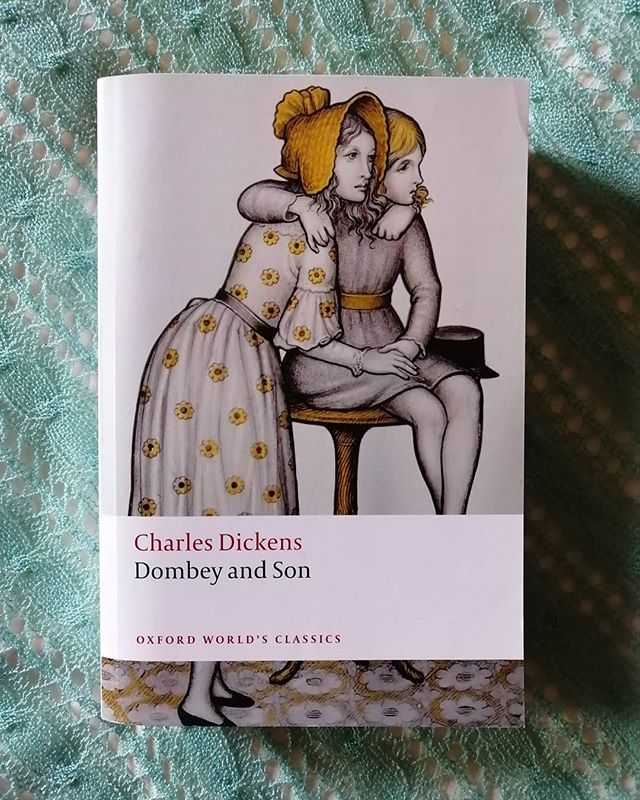Have you ever tried to write a sentence only to realise that you cannot seem to fit all the important points you wish to mention?
We all understand that very long sentences are counterproductive; I am not recommending that you write those!
But I have learnt that it is very effective sometimes to include some of your information in short phrases or clauses that are properly portioned out between commas. Such phrases are called either ‘ESSENTIAL CLAUSES’ or ‘NON-ESSENTIAL CLAUSES’, depending of course on how necessary they are to the complete sentence’s meaning.
To illustrate my point, notice how this line from Charles Dickens’ Dombey and Son (1848) uses a ‘non-essential clause’:
📗 ‘It would seem as if there never was a book written, or a story told, expressly with the object of keeping boys on shore, which did not lure and charm them to the ocean, as a matter of course.’
– Charles Dickens, Dombey and Son (1848)
Although there are several commas in this sentence, we will focus on the fact that the clause ‘expressly with the object of keeping boys on shore’ is not necessary to the sentence’s meaning.
It is thus ‘cordoned off’ or portioned as a clause of its own between commas, and followed by a ‘which’ – all indications that it is a ‘non-essential clause’. (If it were an essential clause, it would be followed by a ‘THAT’ rather than a ‘WHICH’).
💡 Would another example be helpful? Have a look at the next post and we will parse out some Dickensian sentences together to clarify this principle of good writing.




